How Can Liquor Price Scraping From Online Stores Transform Retail Liquor Pricing Trends?
Sep 01
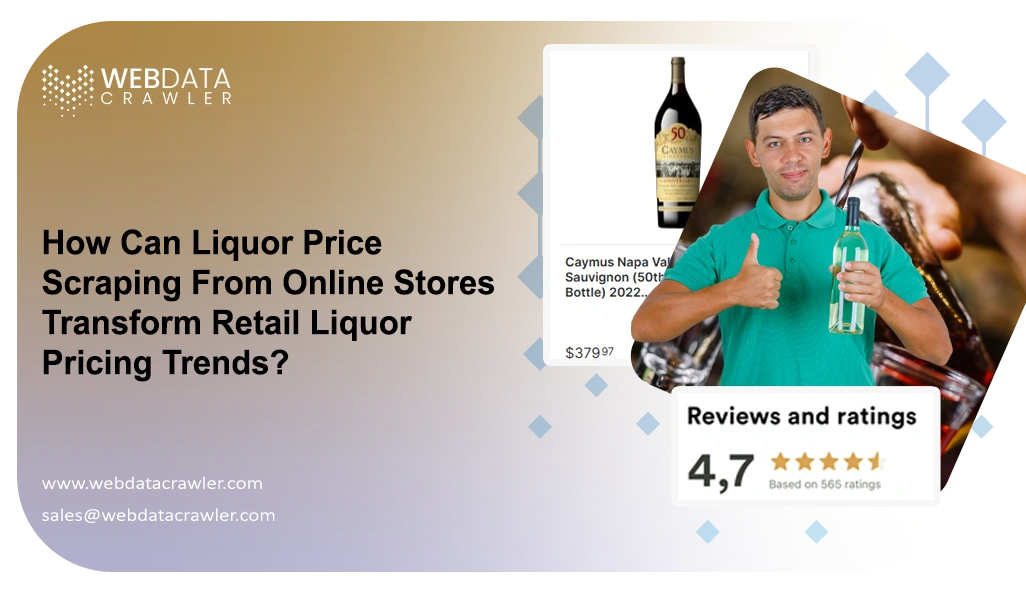
Introduction
In today’s rapidly evolving retail landscape, monitoring liquor pricing across various platforms is crucial for manufacturers and retailers. Pricing directly shapes consumer behavior, brand perception, and competitiveness. With digital shopping on the rise, Liquor Price Scraping provides powerful insights into pricing trends, enabling liquor companies to strengthen their strategies and expand their market presence.
By leveraging online store data, businesses can uncover actionable insights that shape strategies, reveal customer preferences, and optimize pricing structures. This blog examines how businesses can effectively track retail liquor pricing through modern digital techniques, why this matters, and how the right technology can provide them with a competitive edge.
Why Monitoring Liquor Prices Online is Becoming Essential?
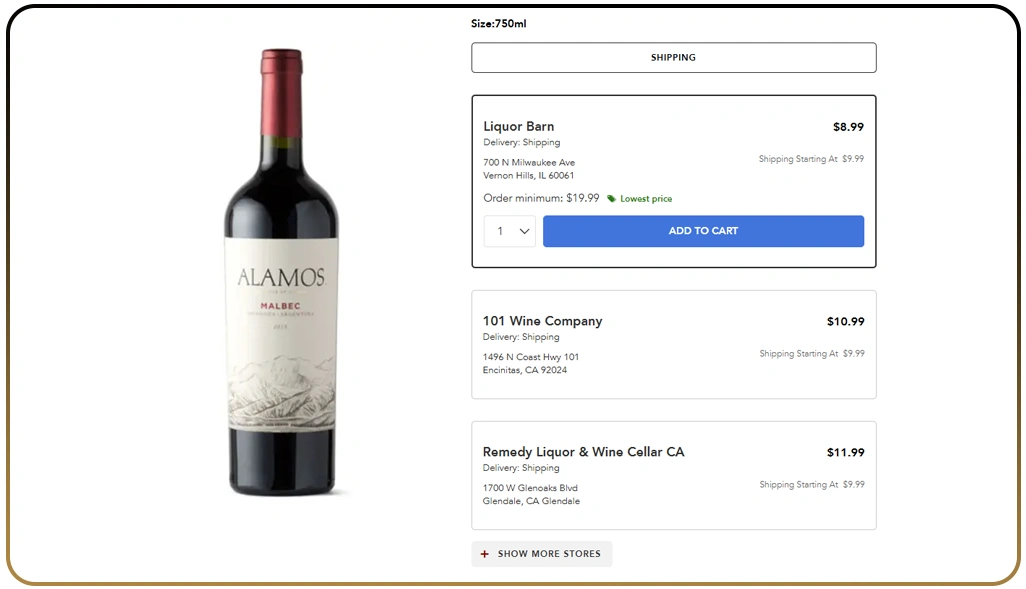
In today’s competitive retail environment, liquor retailers are under constant pressure to adapt quickly to changing market dynamics. Shoppers are more informed than ever, and customer loyalty is becoming increasingly challenging to maintain, as consumers can instantly compare offerings across various digital platforms. Beyond customer behavior, factors like state policies, differences in taxation, and unique regional supply-demand conditions create significant variations in liquor pricing.
This complexity makes it clear that monitoring online data is no longer optional but essential for success. Retailers and distributors must not only track the cost of individual products but also understand how these prices shift in relation to competitors, geographies, and time-based trends.
One of the most powerful tools to achieve this visibility is Liquor Price Scraping. By extracting structured information directly from online stores, retailers can access consistent pricing intelligence in near real-time.
This allows businesses to:
- Identify growth opportunities by analyzing regional and competitor-based pricing differences.
- Refine discount strategies using reliable insights into customer behavior and purchasing triggers.
- Respond quickly to competitor shifts by adjusting promotions, stock availability, and pricing models to stay competitive.
By integrating these insights, businesses can remain competitive, align their strategies with market realities, and ultimately drive stronger performance in an increasingly transparent and fast-moving liquor market.
Key Factors Influencing Retail Liquor Pricing
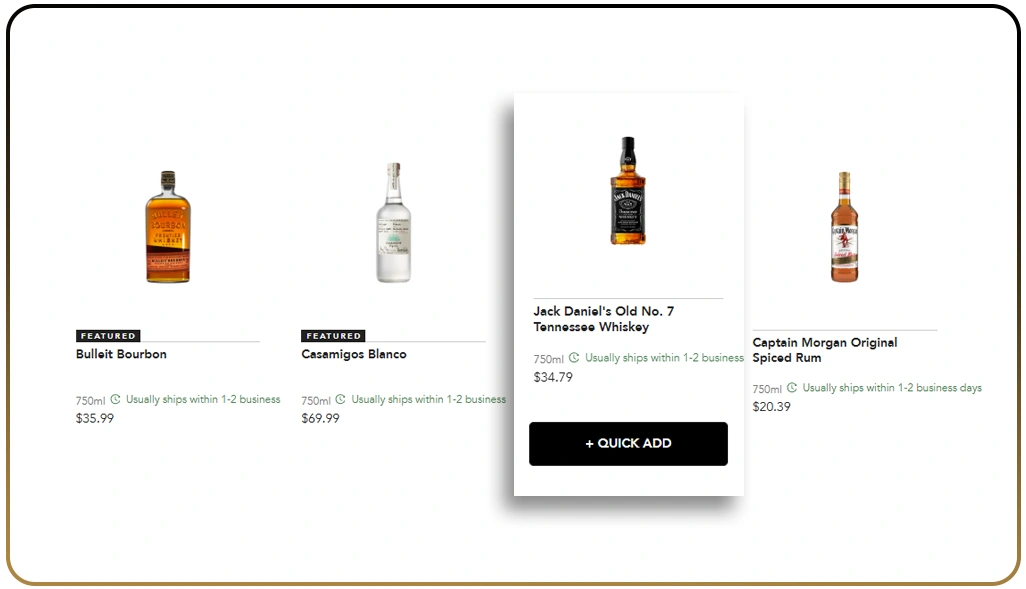
Understanding the dynamics behind retail liquor pricing is essential before applying advanced data analysis. Several critical elements shape how prices shift across markets, and recognizing them helps businesses plan better strategies:
Regional Taxation Policies
Taxation varies widely between regions, as states and countries enforce different excise duty structures. These variations can significantly raise or lower shelf prices, creating noticeable differences in prices even for the same product across different locations.
Consumer Demand Patterns
Liquor prices are strongly tied to demand trends. Seasonal peaks—such as holidays, cultural festivals, or sports events—often trigger short-term fluctuations, with retailers adjusting prices to align with higher consumption levels.
Distribution Networks
The supply chain structure has a direct impact on pricing. Retailers relying on third-party distributors may incur additional costs compared to businesses with direct supply channels, resulting in noticeable discrepancies in final retail prices.
Promotional Campaigns
Discount strategies, including flash sales, loyalty benefits, and the use of digital coupons, can significantly influence how customers perceive liquor pricing. These campaigns often create temporary price dips to boost sales volume.
Competition Across Platforms
With both physical outlets and online marketplaces competing for customer attention, retailers frequently adjust their pricing models. Staying aligned with competitor pricing strategies ensures they remain attractive to buyers.
By leveraging Web Scraping Liquor Stores, businesses can systematically gather this diverse information and uncover pricing trends that might otherwise remain hidden. This approach allows for data-driven insights that enhance decision-making in a competitive retail liquor market.
The Importance of Comparing Offline and Online Liquor Markets
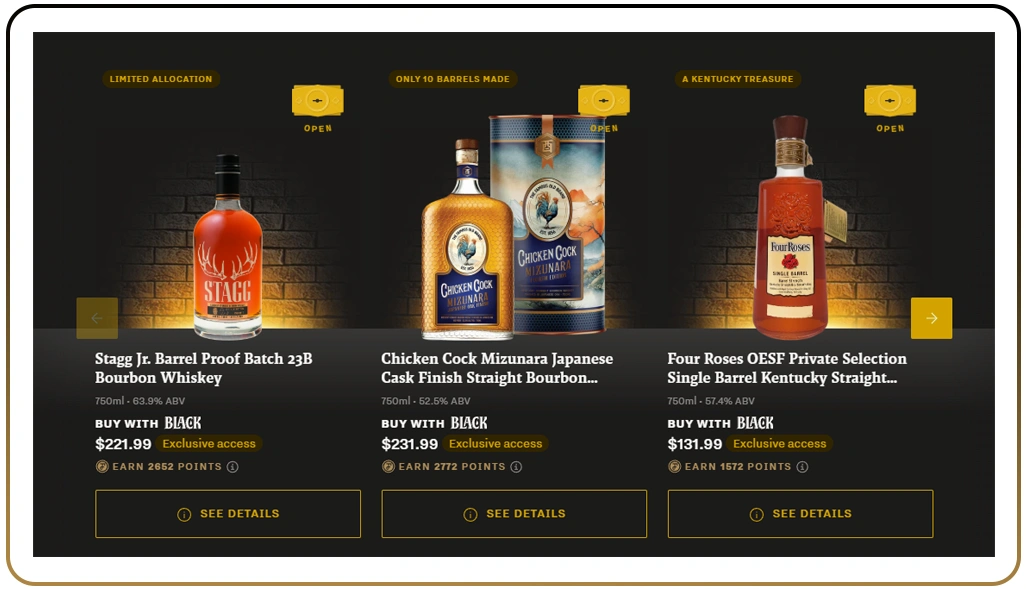
When evaluating liquor prices, many businesses still rely heavily on in-store metrics without considering the broader retail ecosystem. This narrow approach often overlooks critical insights, as pricing dynamics today extend far beyond physical outlets.
With the growing dominance of digital retail, Offline vs Online Liquor Pricing has become an essential comparison for understanding the true market landscape. For instance, a premium whiskey may be listed at a slightly higher cost in a brick-and-mortar store due to stocking, logistics, and operational expenses.
Analyzing this dual pricing environment provides liquor businesses with two key advantages:
- Spotting pricing gaps across channels: Businesses can identify inconsistencies between digital and physical liquor pricing strategies, allowing them to optimize margins and promotional tactics.
- Understanding shifts in consumer behavior: Noticing when customers migrate toward online platforms due to significant price differences helps brands predict demand patterns and adjust their inventory planning accordingly.
By consistently tracking these trends, liquor retailers can develop well-balanced strategies that cater to both offline shoppers and online buyers, thereby ensuring stronger customer engagement and improved retention in a highly competitive marketplace.
Unlocking Advanced Insights Through Data-Driven Tracking
In today’s competitive market, pricing alone cannot provide the complete picture. Businesses need a holistic view that integrates pricing with multiple performance indicators such as sales volume, promotion outcomes, and customer sentiment. This is where advanced methods, such as Competitive Liquor Price Monitoring and Real-Time Liquor Price Tracking, play a crucial role, offering deeper insights that extend far beyond traditional analysis.
By leveraging these approaches, retailers and manufacturers can:
- Track daily price shifts in liquor product categories across different online platforms, identifying both sudden fluctuations and long-term pricing patterns.
- Measure competitor promotions to determine which discounting or bundling strategies actually convert into higher sales and market share.
- Evaluate customer behavior by linking price data with reviews, ratings, and frequency of purchases, uncovering what truly influences buying decisions.
- Predict upcoming trends by combining current pricing insights with historical benchmarks and seasonal variations for more accurate forecasting.
Together, these insights lay the foundation for building strong Liquor Retail Price Intelligence, helping businesses convert raw pricing data into actionable strategies that drive sales performance, strengthen customer loyalty, and support long-term market growth.
How Pricing Analytics is Shaping 2025 Trends?
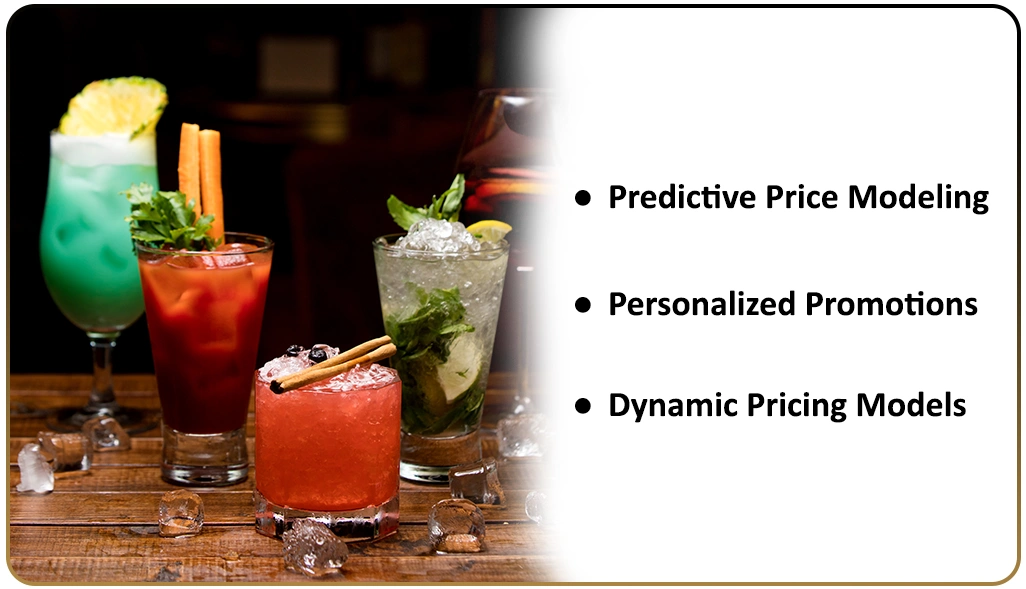
With the rapid adoption of digital technologies and evolving customer expectations, Pricing Analytics has become the foundation of more innovative retail strategies. Businesses are increasingly relying on advanced insights to refine pricing decisions, enhance competitiveness, and respond swiftly to market dynamics.
In particular, Liquor Product Pricing Analytics 2025 is setting new standards for how companies evaluate and optimize their pricing structures. By combining real-time intelligence with predictive models, organizations can align pricing with both demand fluctuations and consumer behavior.
Key 2025 Pricing Trends
Predictive Price Modeling
Companies are increasingly using historical sales data, seasonal demand curves, and external market factors to anticipate price shifts. This approach allows businesses to prepare for peak seasons, optimize margins, and minimize stock imbalances well in advance.
Personalized Promotions
Retailers are tailoring discounts and offers to micro-segments of customers using real-time data. This ensures promotions resonate with specific buyer groups, improving conversion rates while maintaining profitability.
Dynamic Pricing Models
Automated pricing engines are becoming increasingly sophisticated, adjusting prices instantly in response to competitor moves, changing demand levels, and supply availability. This helps businesses maintain a competitive edge while maximizing revenue opportunities.
To fully leverage these advancements, organizations must establish strong data ecosystems capable of Scrape Liquor Pricing Data at scale and analyzing it effectively. Those who adopt such systems early are already realizing faster decision-making and improved profit margins, while late adopters risk falling behind in the competitive 2025 marketplace.
Optimizing Retail Decisions with Data
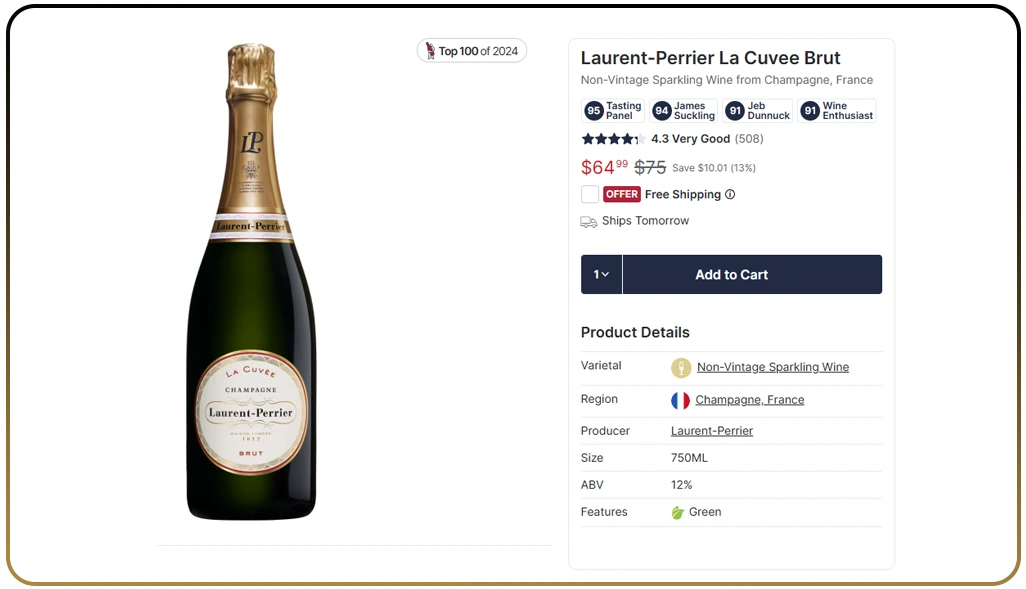
Once the correct data is collected, the real impact comes from how businesses strategically use it. Successful pricing management isn’t just about minimizing costs—it’s about striking the right balance between profitability and long-term competitiveness.
By leveraging Optimize Liquor Pricing With Data Scraping, businesses can:
- Maintain brand consistency by ensuring online and offline pricing strategies remain aligned, reinforcing trust and customer loyalty.
- Maximize profitability by identifying which products warrant premium pricing and which categories require strategic discounts to drive sales.
- React faster to competition with automated monitoring that instantly flags sudden price shifts across multiple retail channels.
- Strengthen supplier negotiations by using reliable regional benchmarks that provide a clear picture of current market pricing.
In addition, combining these efforts with Real-Time Alcohol Pricing Intelligence empowers decision-makers with the most current market insights. This not only removes guesswork but also minimizes risks, ensuring every pricing move supports stronger business growth.
How Web Data Crawler Can Help You?
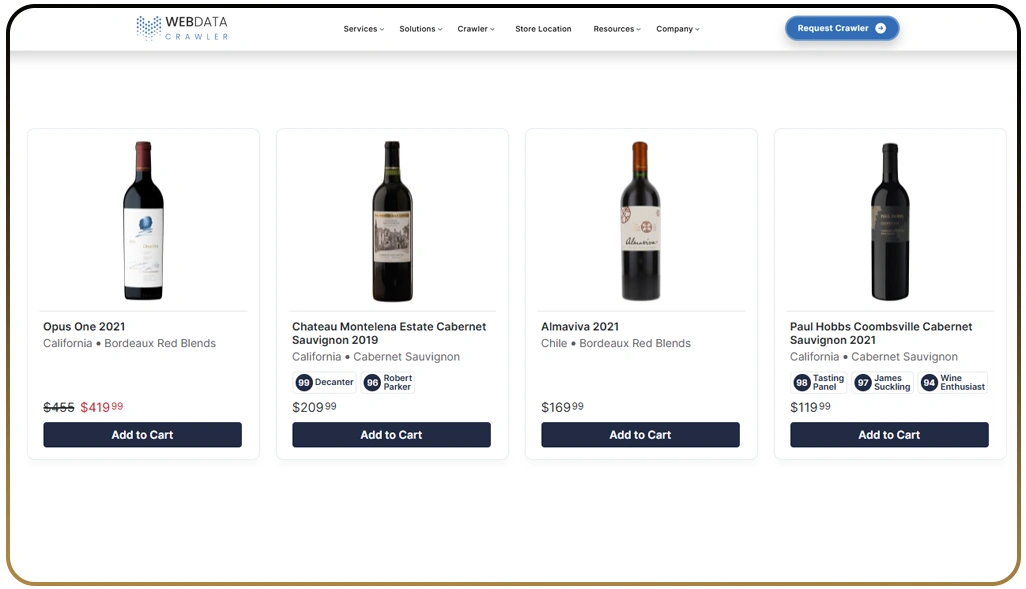
Our solutions are designed to simplify Liquor Price Scraping and make pricing insights more actionable for retailers and manufacturers. By leveraging automation, accuracy, and scalability, we help businesses uncover meaningful data that supports smarter retail decisions.
Here’s what we deliver:
- Fast data collection from multiple liquor platforms.
- Accurate competitor tracking across digital marketplaces.
- Instant updates on price shifts and promotions.
- Intelligent analytics that turn raw data into insights.
- Flexible solutions to match business growth stages.
- Seamless integration with your existing systems.
With our expertise, you gain the proper foundation for real-time insights and developing long-term strategies. By combining automation with Competitive Liquor Price Monitoring, we ensure you stay ahead of pricing shifts while maximizing profitability.
Conclusion
The liquor industry is evolving fast, and businesses that leverage Liquor Price Scraping gain a sharper view of market trends, competitor activity, and consumer behavior. Using data-driven insights enables retailers to make informed decisions and stay competitive in a rapidly evolving marketplace.
With advanced tools like Real-Time Alcohol Pricing Intelligence, Web Data Crawler enables you to optimize strategies, respond quickly to changes, and enhance profitability. Contact Web Data Crawler today to discover how our customized solutions can enhance your pricing strategy and foster lasting success.